Explore The Most Famous Diet Trends In 2022
Diet trends have become a thing now. Every year there is a new diet that promises weight loss, more immunity, or generally better well-being. It is obviously not easy to decide which one is good for you and which isn't.
What’s ideal for someone else may not be the best option for you based on your health history. A standard rule of thumb is to talk with your healthcare provider before starting a diet or making radical changes to your eating.
Here are some of the most followed diet trends of 2022.
1. Sugar Sucks (The New "Keto")
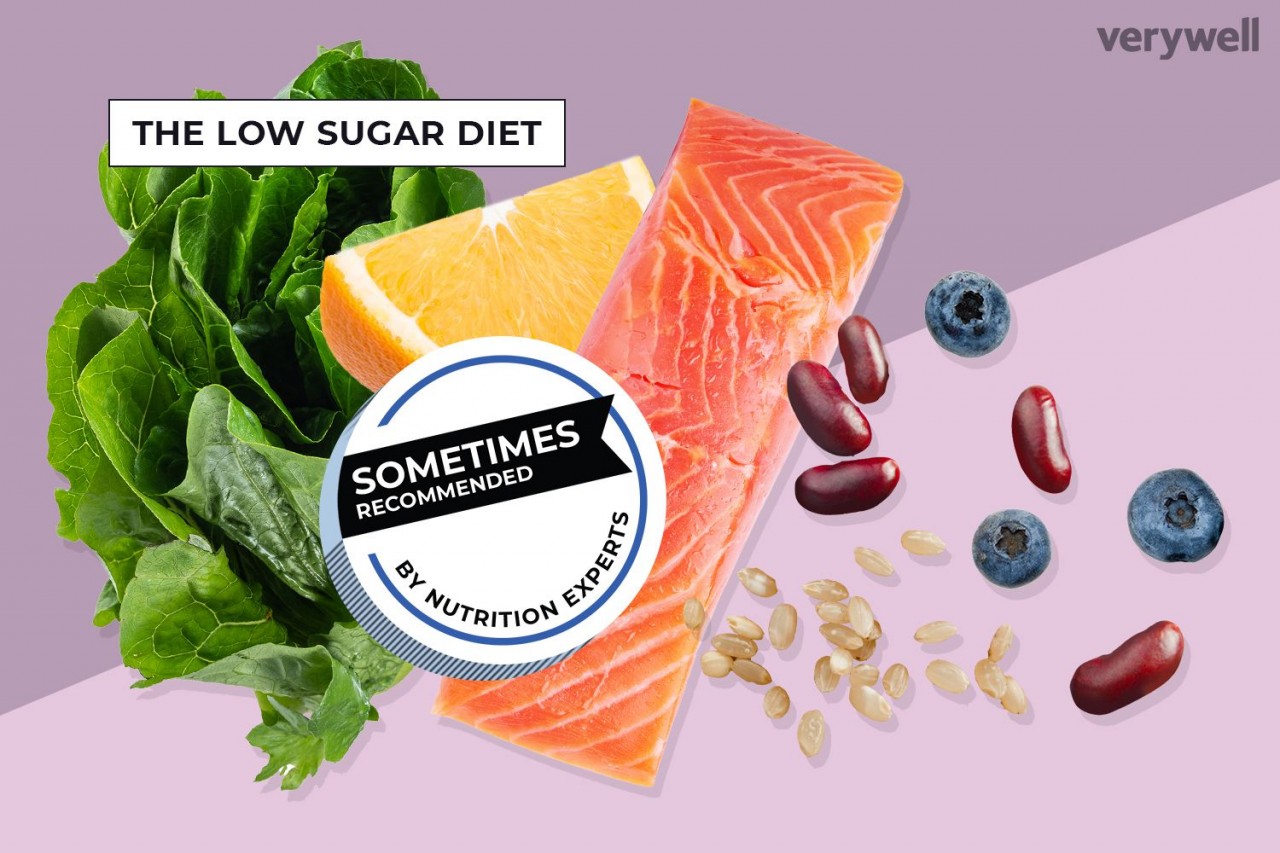 |
| Photo: Verywell fit |
A low sugar diet can help you maintain optimal health by regulating blood sugar levels, reducing your risk for type 2 diabetes, improving dental health and boosting weight loss efforts. However, low-sugar diets are not ideal for everyone, which is why it's especially important to speak with your healthcare provider before starting one so that you can make an informed decision.
Low sugar diets have been linked to a decreased risk of type 2 diabetes and obesity. Reducing sugar intake can also improve symptoms associated with digestive problems such as inflammatory bowel disease or ulcerative colitis.
Other important health benefits associated with a low-sugar diet include:
- Properly regulated blood glucose levels
- Reduced risk of heart disease
- Improved dental health
- Reduced risk of weight gain
- Increased energy levels
- Reduced low-density lipoprotein (LDL), aka bad cholesterol levels in your blood bad cholesterol levels
- Reduced risk of inflammatory bowel disease and other digestive problems
Eating a low-sugar diet means limiting foods with added sugars as well as those with naturally occurring sugars. Examples of foods with naturally occurring sugars include fruits, vegetables and unsweetened dairy products like milk and Greek yoghurt.
Foods labelled as sugar-free do not contain refined sugar and artificial sweeteners, but they may still contain natural sugars from fruits, so it is important to read the nutrition facts label on the package for specific details about how much sugar is in each serving size.
You can still enjoy a balanced diet by choosing healthy foods that are low in sugar, such as complex carbs, which include whole grains like brown rice and sweet potatoes. There are also many low-sugar recipes that you can try. If you're looking for healthy snack foods, there are plenty of options that are low in sugar such as nuts, seeds and hummus. By following a low-sugar diet, you can significantly reduce your risk of developing chronic diseases such as cardiovascular disease.
If you're looking to cut down on your sugar consumption, start by gradually reducing the amount of sugar you add to foods and drinks. Also, try to avoid processed foods that are high in sugar, such as candy bars, cookies and cakes. Instead, focus on eating whole, unprocessed foods that are low in sugar. Here are a few tips for getting started:
- Opt for water or tea instead of sugary drinks like soft drinks, energy drinks and artificial fruit juice
- Avoid sugary snacks made from white flour like cakes and cookies
- Choose low-sugar fruits like berries and melon
- Be sure to read the food labels carefully as added sugars are often hidden in foods like ketchup, salad dressings and cereal
- Include plenty of healthy low-sugar foods in your diet, such as fruits, vegetables, whole grains and low-fat proteins
- Limit alcohol consumption
- Make your own whipped cream or salad dressing
2. Immunity Rocks
 |
| Photo: Harvard Health |
COVID continues to be one of the key influencers of every single trend, and dietary habits are no exception. As we slowly enter a post-COVID world, health and wellness continue to reign supreme behind the purchasing decisions of consumers. In fact, The World Health Organization has announced dietary guidelines that stress the “importance of a balanced diet to maintain a strong immune system,” and includes the recommendation to consume 4 servings of fruits and 5 servings of veggies every day.
“Super” foods in the immune-supporting space are everything high in Vitamin C (from grapefruits to broccoli) and Vitamin E (from nuts to avocados). Other on-trend foods for immune system boosts are elderberries, green tea (high in antioxidants), Vitamin D (from the sun or from food, like eggs), and garlic. When these ingredients are incorporated into protein bars, you can create a delicious and immune-boosting treat for your customers.
3. Intermittent Fasting
 |
| Photo: Shutterstock |
Many diets focus on what to eat, but intermittent fasting is all about when you eat.
With intermittent fasting, you only eat during a specific time. Fasting for a certain number of hours each day or eating just one meal a couple days a week, can help your body burn fat. And scientific evidence points to some health benefits, as well.
Intermittent fasting (IF) plans create windows of time where you drastically cut down on your food intake or just don’t eat at all. One of the most popular is the 5:2 diet, which calls for five days of normal chowing and two days of limited eating.
Other versions include:
- An alternate day plan, where you rotate normal eating and fasting days.
- Time-restricted eating, which involves splitting the day into eating and non-eating blocks. One example would be the 16:8 method. In this example, you could eat between 11 a.m. and 7 p.m. but fast for the remaining hours.
- The 24-hour fast, which is exactly what it sounds like — no food for a full day.
There are proven benefits and potential drawbacks to fasting, which dates back to ancient times.
It’s important to check with your doctor before starting intermittent fasting. Once you get his or her go-ahead, the actual practice is simple. You can pick a daily approach, which restricts daily eating to one six- to eight-hour period each day. For instance, you may choose to try 16/8 fasting: eating for eight hours and fasting for 16. Williams is a fan of the daily regimen: She says most people find it easy to stick with this pattern over the long term.
Another, known as the 5:2 approach, involves eating regularly five days a week. For the other two days, you limit yourself to one 500–600 calorie meal. An example would be if you chose to eat normally on every day of the week except Mondays and Thursdays, which would be your one-meal days.
Longer periods without food, such as 24, 36, 48 and 72-hour fasting periods, are not necessarily better for you and may be dangerous. Going too long without eating might actually encourage your body to start storing more fat in response to starvation.
4. The Pegan Diet
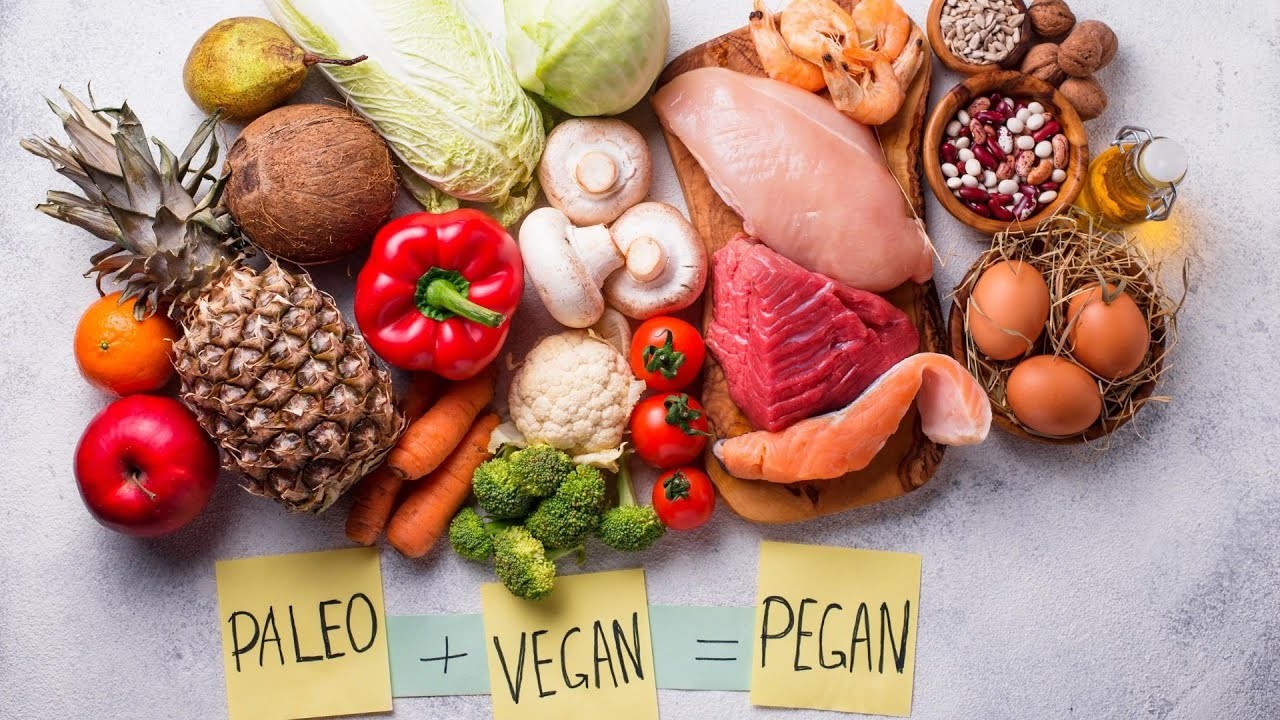 |
| Photo: Rachael Ray Show |
The pegan diet combines key principles from paleo and vegan diets based on the notion that nutrient-dense, whole foods can reduce inflammation, balance blood sugar, and support optimal health.
If your first thought is that going paleo and vegan simultaneously sounds nearly impossible, you’re not alone.
Despite its name, the pegan diet is unique and has its own set of guidelines. In fact, it’s less restrictive than either a paleo or vegan diet by itself.
Major emphasis is placed on vegetables and fruit, but intake of small to moderate amounts of meat, certain fish, nuts, seeds, and some legumes is also allowed.
Heavily processed sugars, oils, and grains are discouraged — but still acceptable in very small amounts.
The pegan diet focuses strongly on whole foods, or foods that have undergone little to no processing before they make it to your plate.
The pegan diet is made up of 75% fruits and vegetables. The remaining 25% is divided primarily among meats, eggs, and healthy fats, such as nuts and seeds. Some legumes and gluten-free whole grains may be allowed in limited quantities.
The pegan diet is more flexible than a paleo or vegan diet because it allows occasional intake of almost any food.
That said, several foods and food groups are strongly discouraged. Some of these foods are known to be unhealthy, while others may be considered very healthy — depending on whom you ask.
These foods are typically avoided on the pegan diet:
- Dairy: Cow’s milk, yogurt, and cheese are strongly discouraged. However, foods made from sheep or goat milk are permitted in limited quantities. Sometimes grass-fed butter is allowed, too.
- Gluten: All gluten-containing grains are strongly discouraged.
- Gluten-free grains: Even grains that don’t contain gluten are discouraged. Small amounts of gluten-free whole grains may be permitted occasionally.
- Legumes: Most legumes are discouraged due to their potential to increase blood sugar. Low-starch legumes, such as lentils, may be permitted.
- Sugar: Any form of added sugar, refined or not, is usually avoided. It may be used occasionally — but very sparingly.
- Refined oils: Refined or highly processed oils, such as canola, soybean, sunflower, and corn oil, are almost always avoided.
- Food additives: Artificial colorings, flavorings, preservatives, and other additives are avoided.
Most of these foods are forbidden due to their perceived impact on blood sugar and/or inflammation in your body.
5. Paleo diet
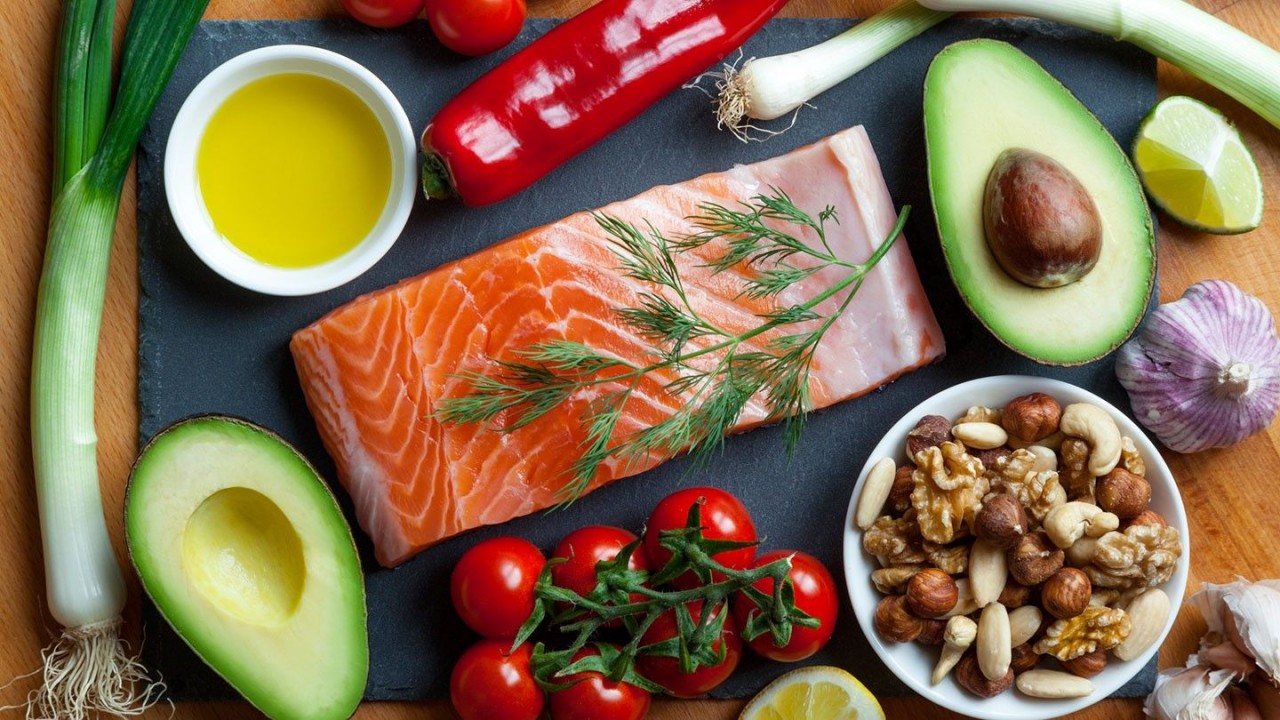 |
| Photo: Shutterstock |
A paleo diet is a dietary plan based on foods similar to what might have been eaten during the Paleolithic era, which dates from approximately 2.5 million to 10,000 years ago.
A paleo diet typically includes lean meats, fish, fruits, vegetables, nuts and seeds — foods that in the past could be obtained by hunting and gathering. A paleo diet limits foods that became common when farming emerged about 10,000 years ago. These foods include dairy products, legumes and grains.
Other names for a paleo diet include Paleolithic diet, Stone Age diet, hunter-gatherer diet and caveman diet.
The aim of a paleo diet is to return to a way of eating that's more like what early humans ate. The diet's reasoning is that the human body is genetically mismatched to the modern diet that emerged with farming practices — an idea known as the discordance hypothesis.
Farming changed what people ate and established dairy, grains and legumes as additional staples in the human diet. This relatively late and rapid change in diet, according to the hypothesis, outpaced the body's ability to adapt. This mismatch is believed to be a contributing factor to the prevalence of obesity, diabetes and heart disease today.
What to eat
- Fruits
- Vegetables
- Nuts and seeds
- Lean meats, especially grass-fed animals or wild game
- Fish, especially those rich in omega-3 fatty acids, such as salmon, mackerel and albacore tuna
- Oils from fruits and nuts, such as olive oil or walnut oil
What to avoid
- Grains, such as wheat, oats and barley
- Legumes, such as beans, lentils, peanuts and peas
- Dairy products
- Refined sugar
- Salt
- Potatoes
- Highly processed foods in general
6. DASH diet
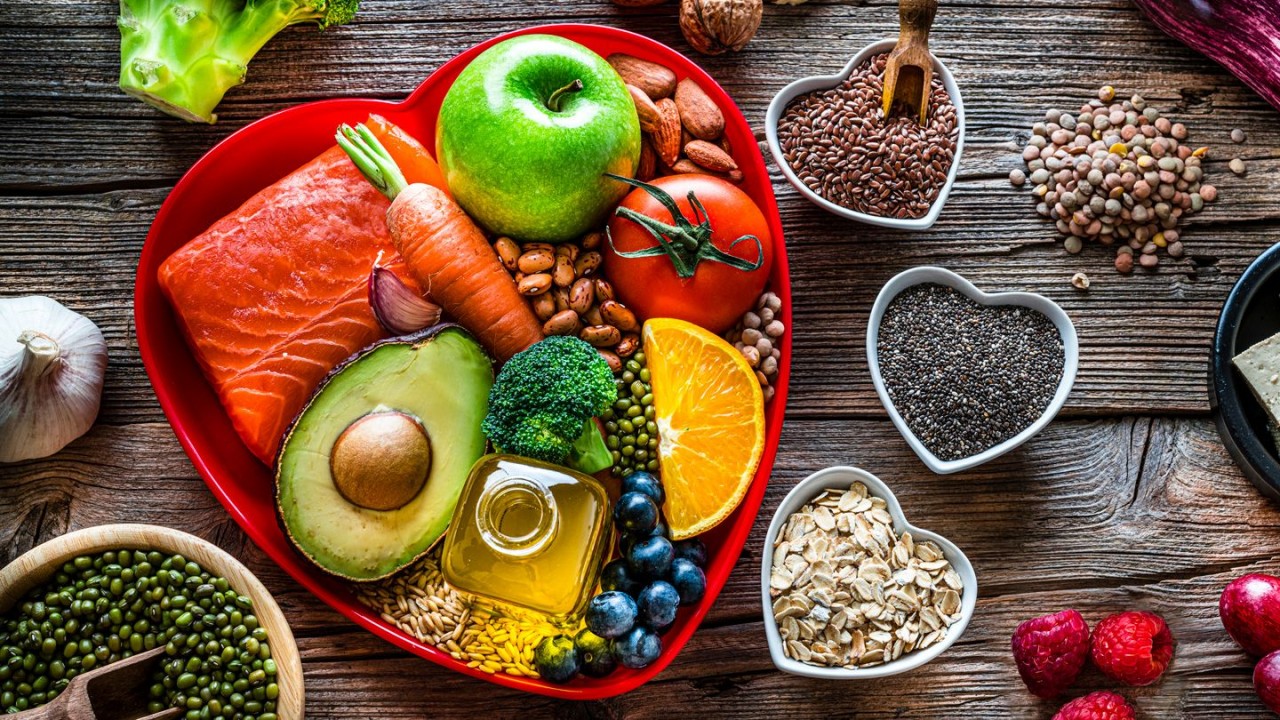 |
| Photo: Everyday Health |
Don’t be fooled by the name: The DASH diet has nothing to do with eating fast.
Instead, DASH is an acronym for Dietary Approaches to Stop Hypertension. The eating program focuses on lowering your risk for high blood pressure (aka hypertension).
The DASH diet, in the simplest of descriptions, calls for eating higher amounts of heart-healthy potassium and less artery-damaging sodium. The benefits are well documented, with results often seen within weeks.
The plan is noted for being flexible, too. It doesn’t require special foods and you don’t have to go hungry or eliminate treats.
One look at American health trends shows why this diet attracts so much attention. Nearly half of the adults in the U.S. are dealing with hypertension, reports the Centers for Disease Control and Prevention.
The diet originated in the 1990s, making it a newcomer compared to the rest of the Top 5.
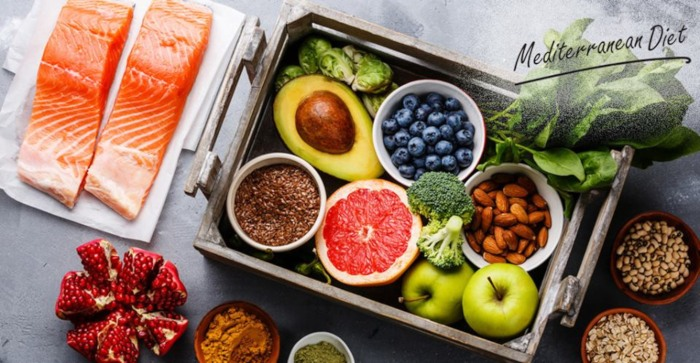 | Beginner-friendly, Easy and Simple Meal Prepping Tips Eating homecooked meals is one of the easiest ways to look after your health. Give these tips a try to see the amazing results of ... |
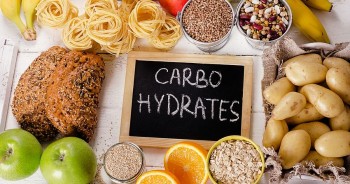 | For A Wonderful Life: 8 Tips For Healthy Eating Eating a healthy diet can help a lot with your weight loss, and maintain a perfect healthy lifestyle. Here is your guide on how to ... |
 | Post-Covid Diet: What To Eat For Quick Recovery Post Covid-19 care is critically important to people who have been sick because of the virus for a long time, as it heavily affects our ... |
Recommended
 Handbook
Handbook
Vietnam Moves Up 8 Places In World Happiness Index
 Handbook
Handbook
Travelling Vietnam Through French Artist's Children Book
 Multimedia
Multimedia
Vietnamese Turmeric Fish among Best Asian Dishes: TasteAtlas
 Handbook
Handbook
From Lost to Found: German Tourist Thanks Vietnamese Police for Returning His Bag
Popular article
 Handbook
Handbook
Prediction and Resolution for the Disasters of Humanity
 Handbook
Handbook
16 French Films To Be Shown For Free During Tet Holiday In Vietnam
 Handbook
Handbook
Unique Cultural and Religious Activities to Welcome Year of the Snake
 Handbook
Handbook







